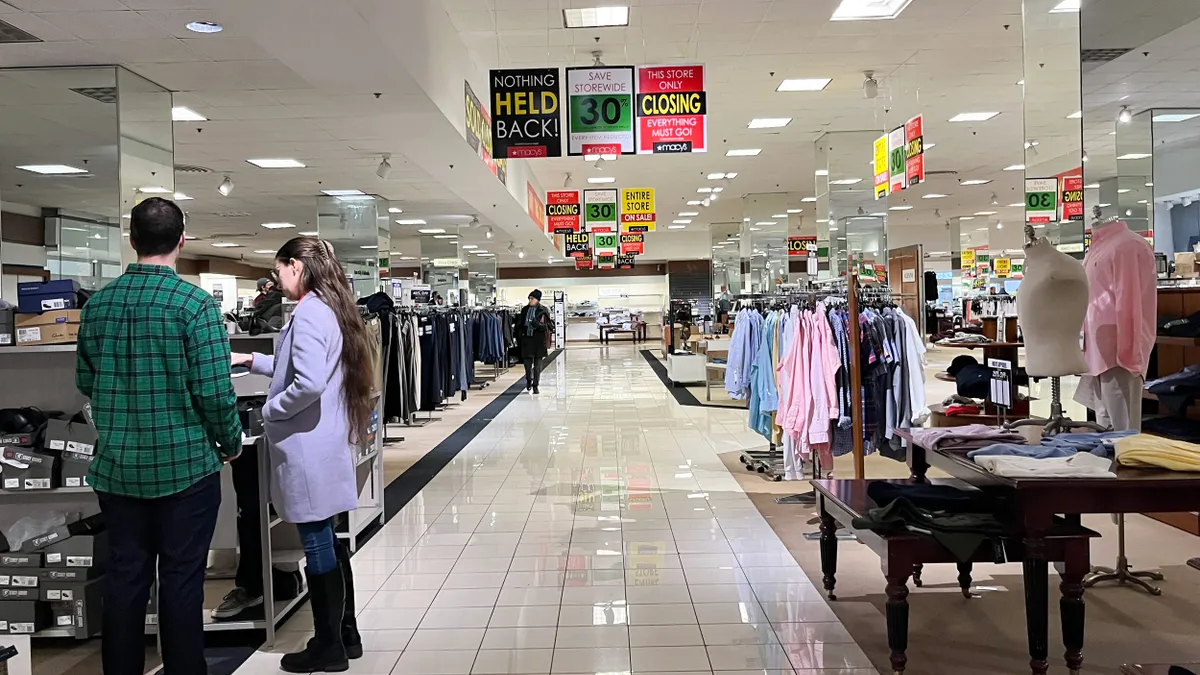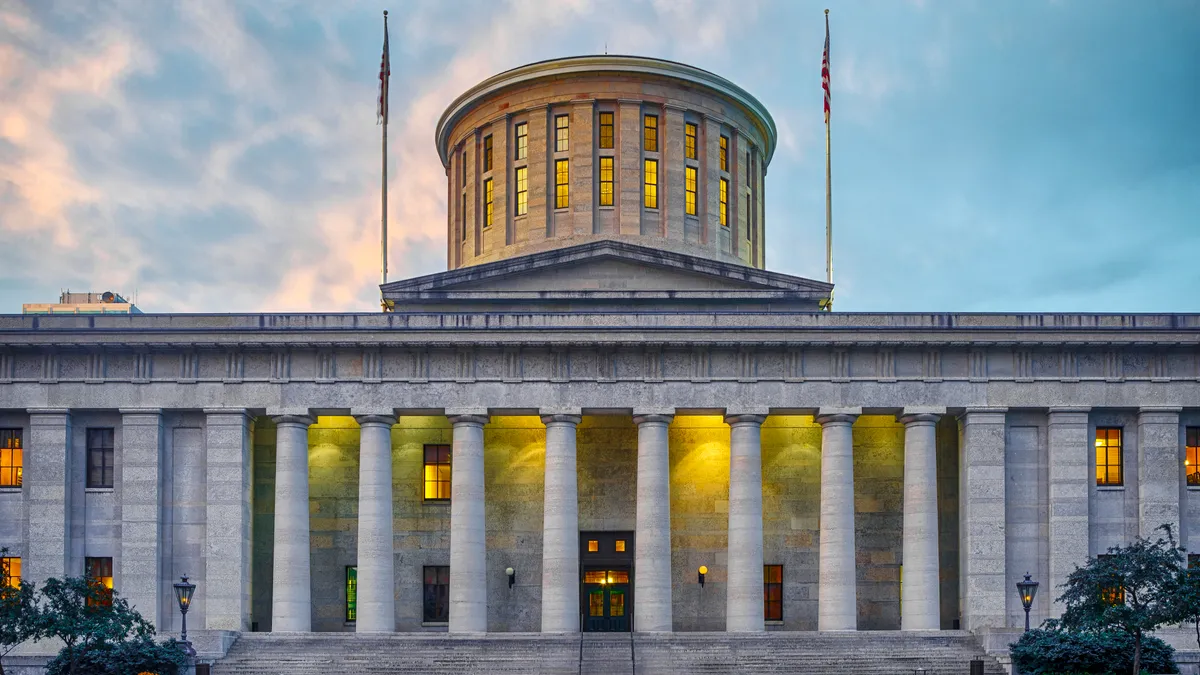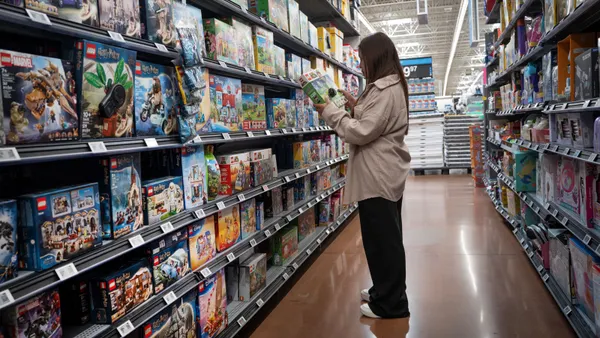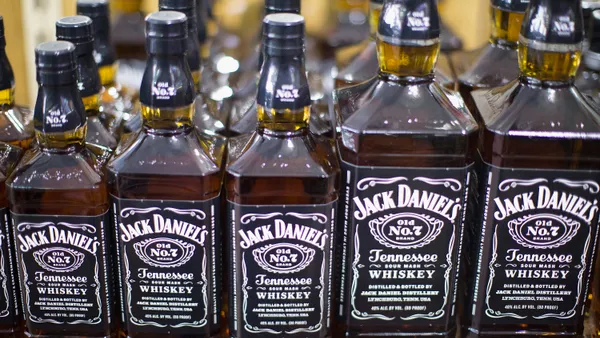Dive Brief:
- Consumer expectations, slammed by high tariffs, fell 32% this year through April in the sharpest drop since the 1990 recession, while expectations for inflation in a year rose from 5% last month to 6.5%, the highest level since double-digit inflation in 1981, the University of Michigan said Friday.
- The Consumer Sentiment Index plunged 8% this month from March, and expectations for inflation in five to 10 years — a key concern for the Federal Reserve — rose to 4.4% in April from 4.1% in March, well above the central bank’s 2% target, the university found in a survey.
- “Consumers perceived risks to multiple aspects of the economy, in large part due to ongoing uncertainty around trade policy and the potential for a resurgence of inflation looming ahead,” Joanne Hsu, director of the university’s consumer surveys, said in a statement.
Dive Insight:
So-called soft data gauges of the outlook among businesses and consumers have plunged since President Donald Trump early this month imposed sweeping tariffs on U.S. trade partners, including a 10% baseline tariff and 145% duties on imports from China.
“Some measures of expectations on both the business and consumer fronts look outright recessionary,” Goldman Sachs Chief Economist Jan Hatzius said in a report, noting that measures of employment, economic growth and other “hard data” have so far held fairly steady.
Consumers may soon see their fears realized, Torsten Sløk, chief economist at Apollo Global Management, said Friday, noting that a daily measurement of container traffic from China to the U.S. is plummeting.
“The consequence will be empty shelves in U.S. stores in a few weeks and COVID-like shortages for consumers and for firms using Chinese products as intermediate goods,” he said in a client note.
“In addition, we will soon begin to see higher inflation because there are a significant number of product categories where China is the main provider of certain goods into the U.S. market,” Sløk said.
Beginning in May, layoffs will surge in trucking, logistics and retail, especially in small independent stores that sell hardware, toys and men’s clothing, he predicted.
“With 9 million people working in trucking-related jobs and 16 million people working in the retail sector, the downside risks to the economy are significant,” Sløk said.
Despite low 4.2% unemployment in March, households view the outlook for jobs with anxiety, Hsu said.
“Labor market expectations remained bleak” in April, she said.
“Even more concerning for the path of the economy, consumers anticipated weaker income growth for themselves in the year ahead,” Hsu said. “Without reliably strong incomes, spending is unlikely to remain strong amid the numerous warning signs perceived by consumers.”
Roughly 60% of consumers this month spontaneously mentioned tariffs during survey interviews, an increase of 16 percentage points compared with March, Hsu said.
Tariff worries span the political spectrum, with 59% of independents and 44% of Republicans referencing the import duties, Hsu said, noting that respondents expect tariffs will also slow economic growth.
Nearly two-thirds of respondents expect unemployment to rise during the next 12 months, more than double the proportion from six months ago, according to Hsu.
Also, roughly 67% of consumers expect their purchasing power to wane during the coming year, an increase of 8 percentage points compared with October 2024, she said.















